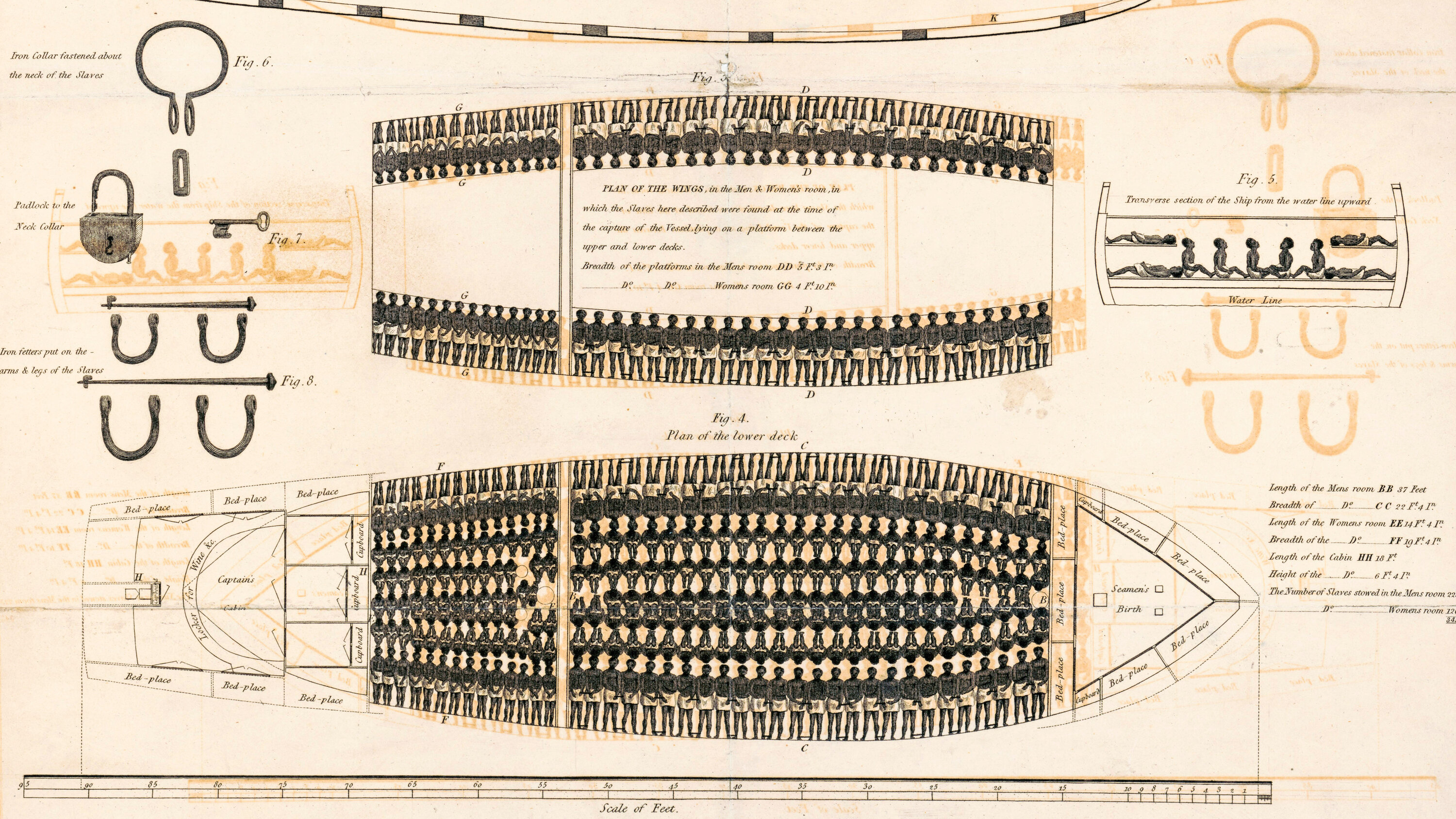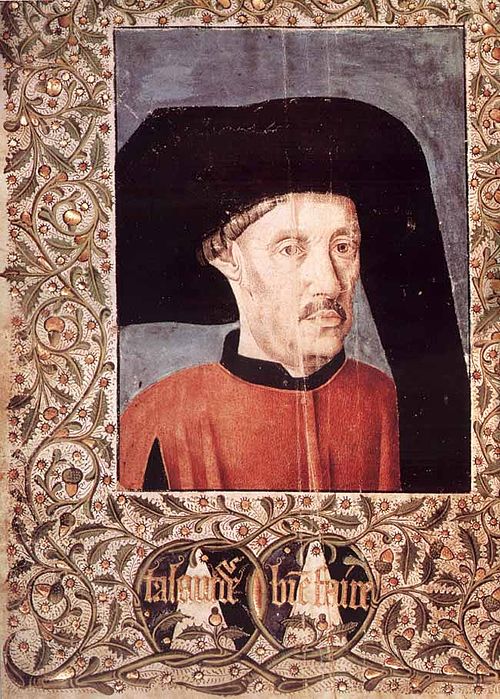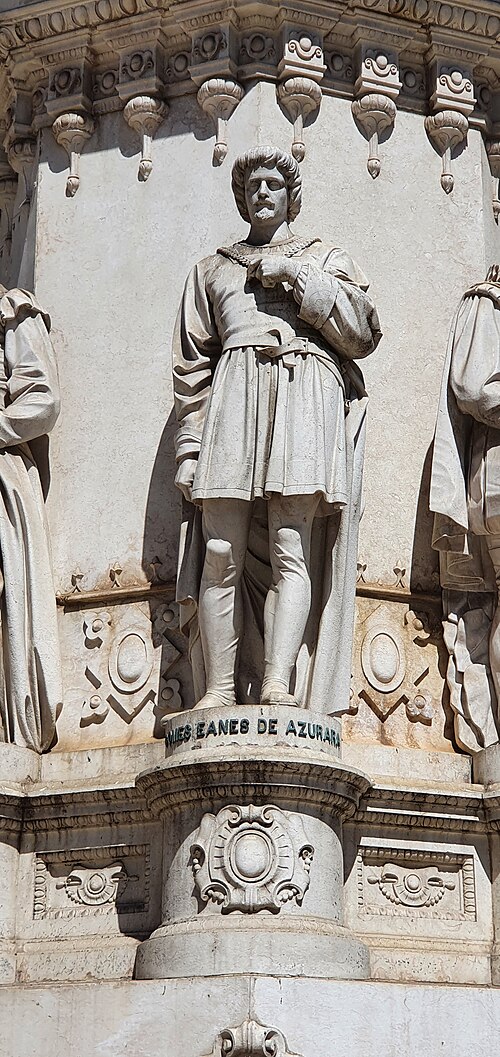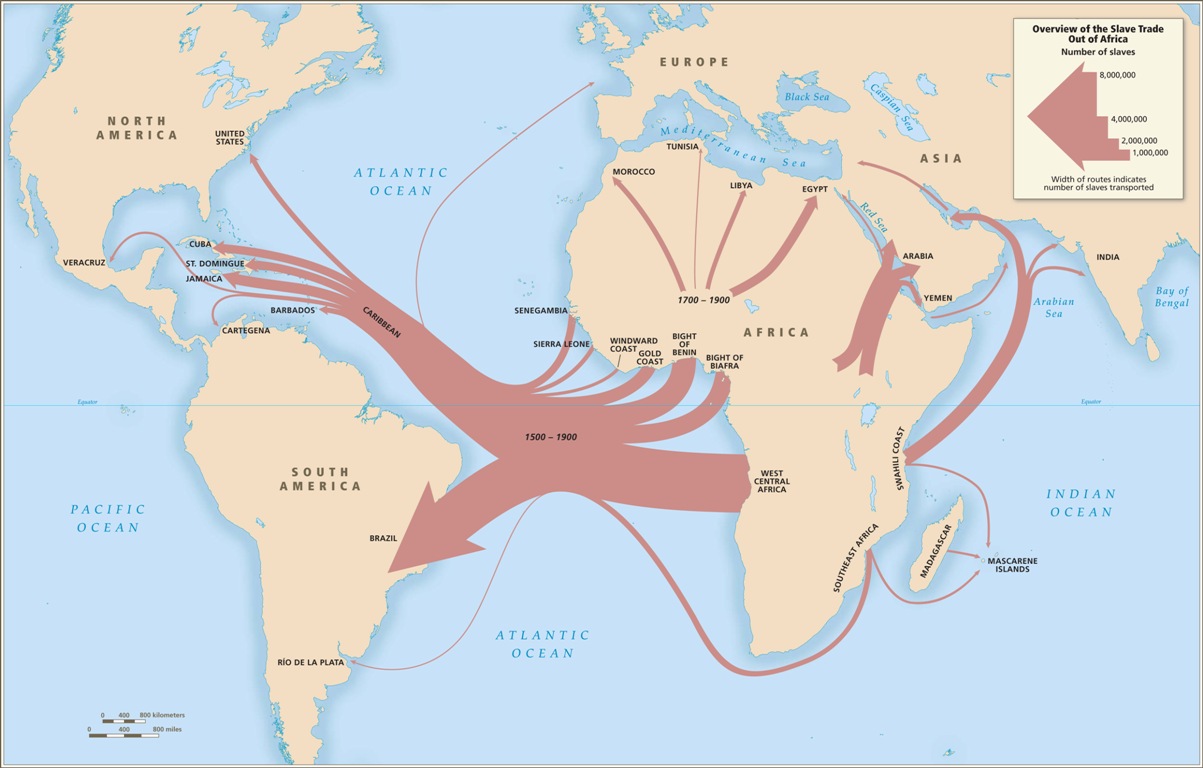Imagem
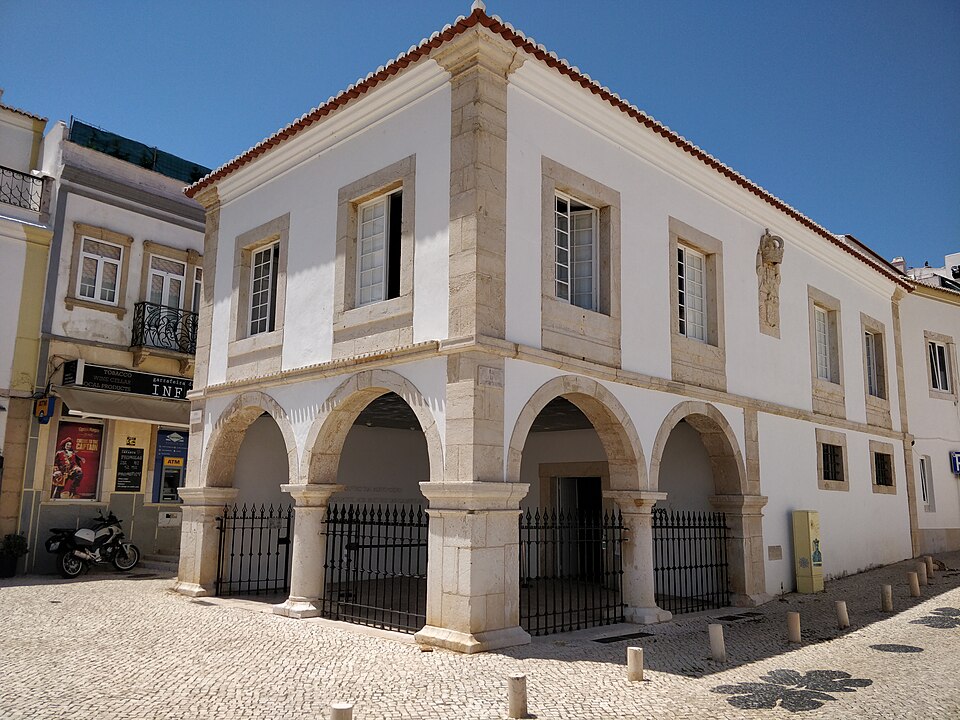
Reflexão
Mercado de Lagos
The ‘Mercado de Escravad(izad)os’ in Lagos, Faro, was the first market where enslaved people were trafficked and sold in Europe in the modern era.
The first sale of people took place in 1944 and is described in ‘Crónica dos Feitos da Guiné!’ by Gomes Eanes de Zurara.
The building was initially used for military administration and later as a customs house. In 2016, the entire building was occupied by a museum that forms part of the ‘Slavery Route’. In 2009, excavators were working in Lagos to build an underground car park in an area close to the medieval walls when they discovered a huge cemetery of enslaved people from the 15th century, with more than 150 bodies.
Many of the people who were captured and enslaved couldn't withstand the inhumane travelling conditions and ended up dying. As they were not baptised, they were buried between the 15th and 17th centuries in an area outside the walls of Lagos, where at the time there was a leprosarium and a rubbish dump, today the Gafaria valley.
The dehumanisation of those enslaved by the coloniser was palpable even at the moment of death.
The ‘Mercado de Escravad(izad)os’ in Lagos, Faro, was the first market where enslaved people were trafficked and sold in Europe in the modern era.
The first sale of people took place in 1944 and is described in ‘Crónica dos Feitos da Guiné!’ by Gomes Eanes de Zurara.
The building was initially used for military administration and later as a customs house. In 2016, the entire building was occupied by a museum that forms part of the ‘Slavery Route’. In 2009, excavators were working in Lagos to build an underground car park in an area close to the medieval walls when they discovered a huge cemetery of enslaved people from the 15th century, with more than 150 bodies.
Many of the people who were captured and enslaved couldn't withstand the inhumane travelling conditions and ended up dying. As they were not baptised, they were buried between the 15th and 17th centuries in an area outside the walls of Lagos, where at the time there was a leprosarium and a rubbish dump, today the Gafaria valley.
The dehumanisation of those enslaved by the coloniser was palpable even at the moment of death.
